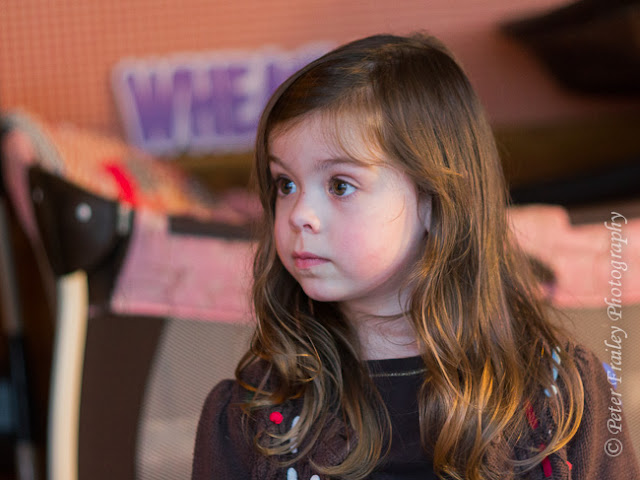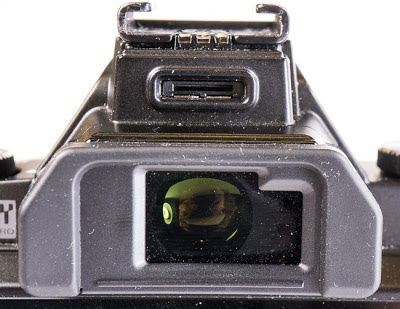I am not sure what kind of master plan they have at Olympus for the physical appearance of their higher-grade micro 4/3 lenses. I have no complaints about the optics. I have three of them: 45mm F1.8, 60mm F2.8 macro, and 75mm F1.8. All these lenses are certainly sharper than I am, and I am sure the same is true for the 12mm F2 and 17mm F1.8.
But I want my lenses to look good too!
The several lenses I have from my older reg4/3 system were neither attractive nor ugly. They look like most of the other digital lenses around. Below, and from left to right they are the 50 F2, 11-22, 70-300 and 14-54II. They aren't exactly identical but they could pass for brothers and sisters. The 70-300 shows different branding. It is generally understood that this lens was built for Olympus by Sigma but with Olympus glass.
 |
| Neither ugly nor pretty: 50mm f2, 11-22mm f2.8-f3.5, 70-300mm f4-f5.6 and 14-54mm II f2.8-3.5 |
But the new micro 4/3 lenses are a different story, or least when it comes to the lenses I own: the very nice 45mm, 75mm and 60mm primes. They are wonderfully sharp lenses and I am happy to own all of them.
(Having said that, I am not really sure I need all three. I think I am primarily a zoom guy and as such my main lens for travel and landscapes remains the relatively fast 14-54II F2.8-F3.5, albeit weighing in at over 16 ounces when attached with a lens adapter to my E-M5).
All three are different and look way out of balance (visually that is...IMHO) on the E-M5. I don't find them attractive. In my view an all-black finish on the 45 and 75 would have gone a long way toward improving the appearance.
The 45 and 75 are even different shades of silver. What's up with that.
 |
| Ugly: 45mm f1.8, 75mm f1.8 and 60mm macro f2.8 |
Personally, I think these lenses look like poo on the Olympus flagship E-M5
What do I think is a good looking lens?
Well, I am partial to the design of the old metal lenses. The Nikkor 58mm F1.4 pictured below is over 50 years old according to my research using the serial number. It's been with me since about 1975 after my dad inherited it from a friend, good 'ole Mr. Mason. On an Olympus (see the Nikkor-to-m4/3 adapter in the picture) this lens equates to a 116mm field of view on a full frame camera. I've enjoyed this lens taking pictures of my grandchildren in relatively passive settings, especially candid portraits. I will certainly switch to an autofocus lens for their soccer games.
 |
Handsome: Nikon Nikkor 58mm f1.4 from the 1960s. Very nice for portraits
due to the effective 116mm field of view and sharp center.
The corners are a little soft, but I like the effect. |






















